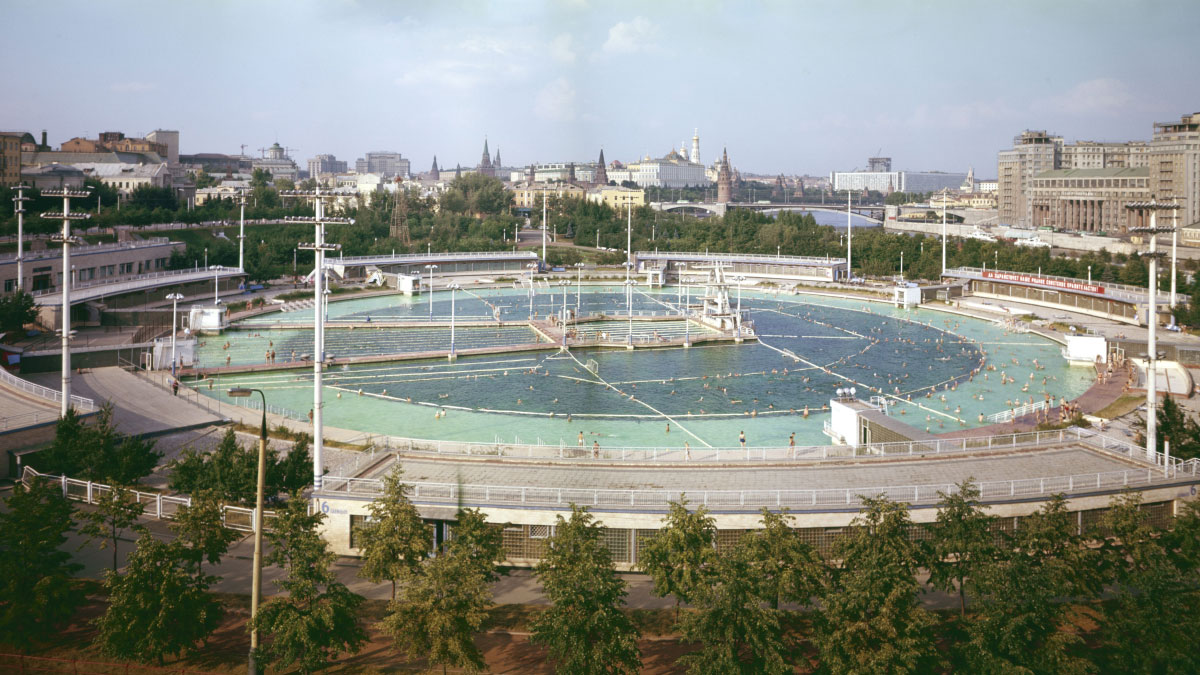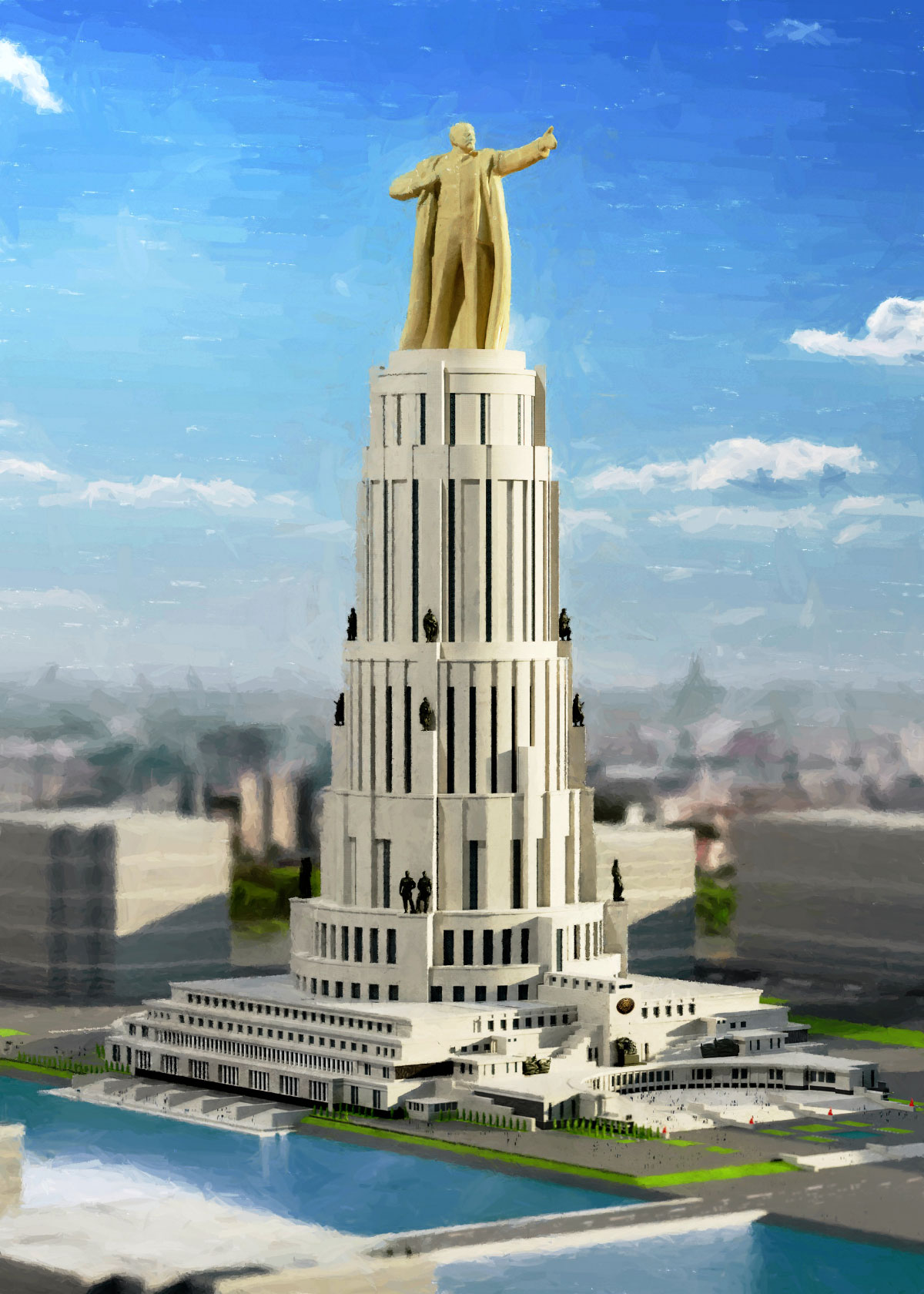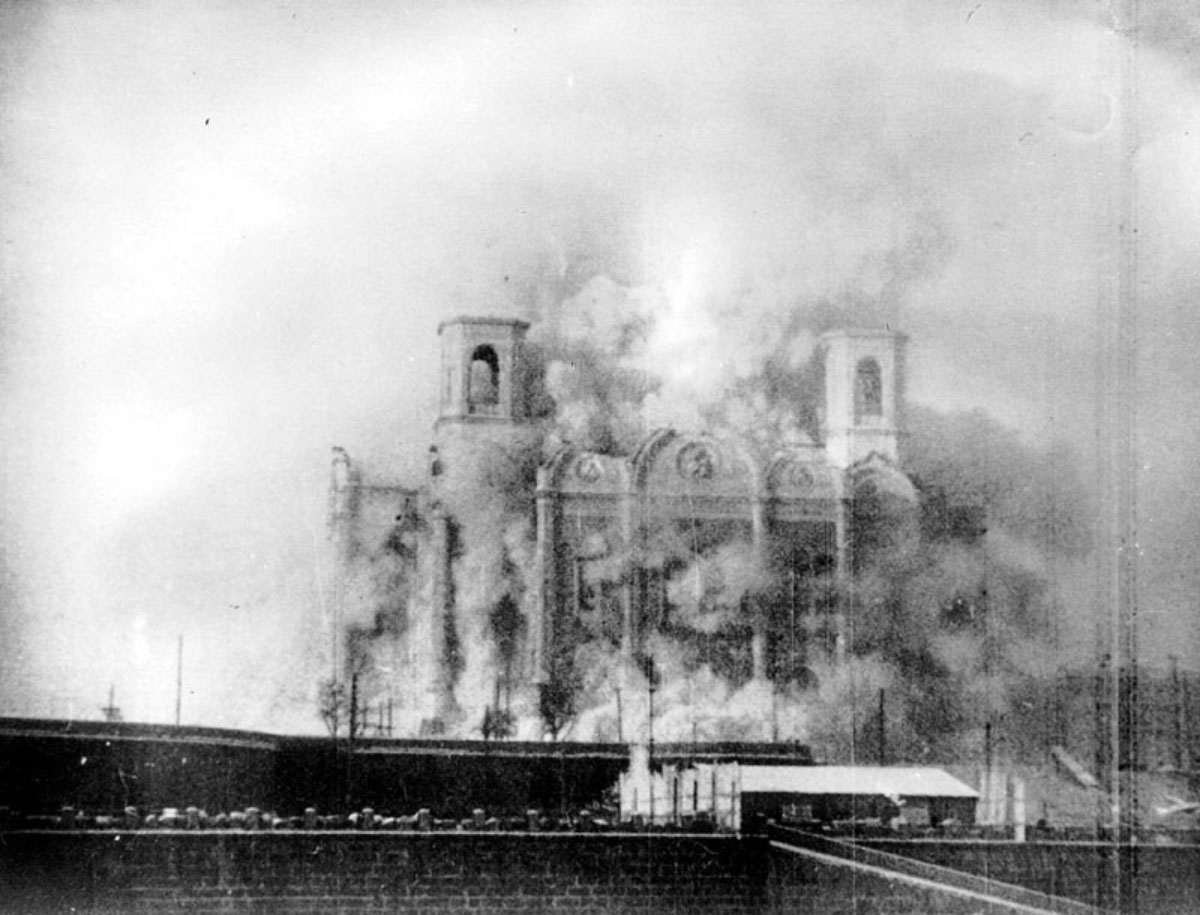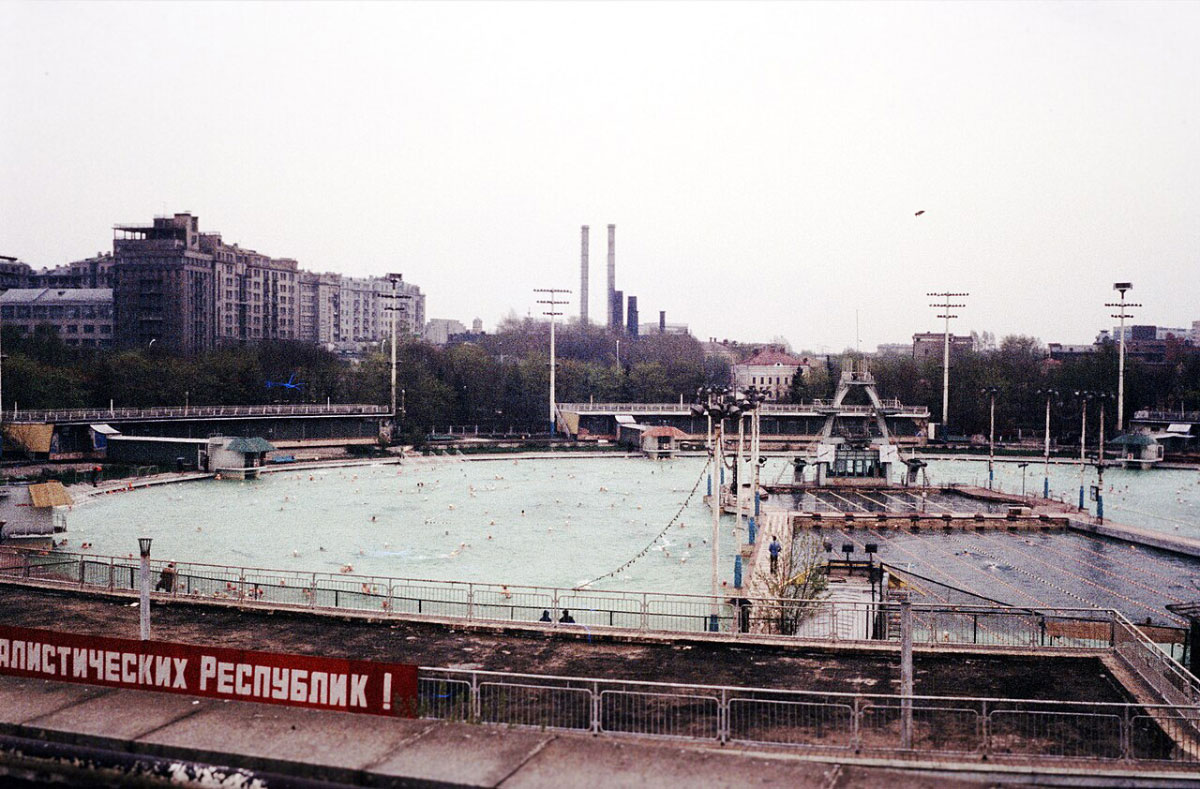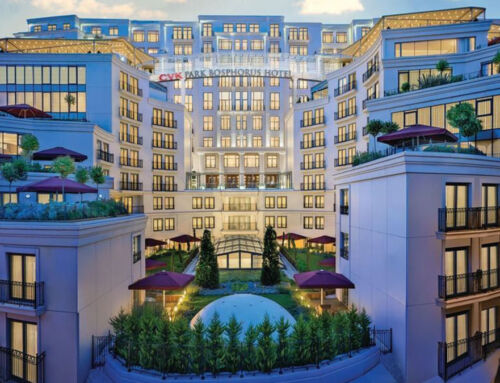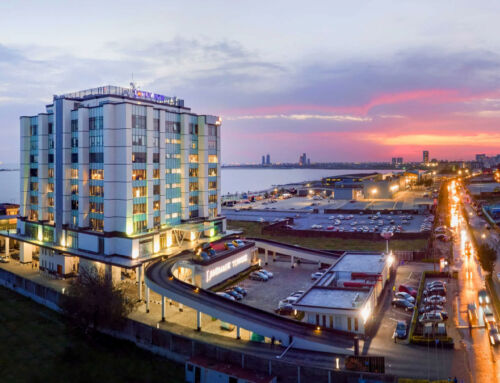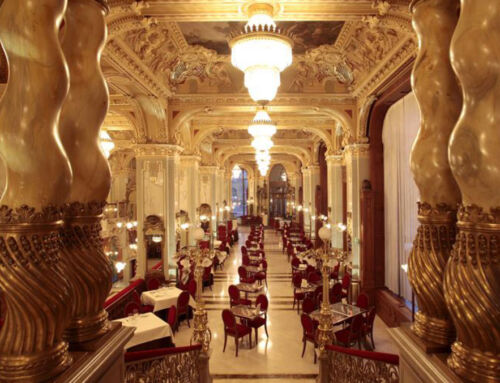On the north bank of the Moscow River stands a large neoclassical Orthodox cathedral. Nothing in its appearance suggests to the beholder that it is in fact a recent reconstruction, the fruit of a history as curious as it is representative of the vicissitudes of the 20th century. Let’s see why:
In 1931, the Soviet Union held an international architectural competition to build the so-called Palace of the Soviets, a colossal administrative complex that included a congress centre. The most prominent architects of the time were invited—such as Le Corbusier, Erich Mendelsohn, Walter Gropius, and Hans Poelzig—but the winner was Boris Iofan’s project.
This architect’s monumental design was for a 415-meter-high building, topped by a 100-meter-high statue of Lenin, which aspired to be the most emblematic in the world, reviving neoclassical architecture. For this reason, it generated immense controversy among avant-garde architects, who considered it a step backward for abandoning innovative Soviet constructivism.
Construction began in 1937 with the demolition of the historic Cathedral of Christ the Saviour (1812). However, the German invasion of 1941 halted construction. The already erected steel structure was dismantled for use in fortifications and bridges. Only a massive circular concrete base, 130 m in diameter, remained.
The project was finally abandoned in 1958. Under Nikita Khrushchev, it was decided to repurpose the foundation, and so the world’s largest open-air public swimming pool was born: the Moskvá Swimming Pool.
With a surface area of 13,000 m² and a volume of 25,000 m³ of water, the heated pool operated even during the frigid Moscow winter. It once received up to 20,000 daily visitors—3 million a year—and offered various recreational areas: a sports centre with an Olympic-sized pool and diving boards, five children’s beaches, a pebble beach around the perimeter, and direct access from the water to annex buildings with baths and saunas.
The pool operated from 1960 to 1994, when it was dismantled, both due to high energy costs and new political interests following the dissolution of the Soviet Union. In its place, the original Cathedral of Christ the Savior was rebuilt.
By Miquel Solís, Senior Architect in the Architecture Department at Amusement Logic


